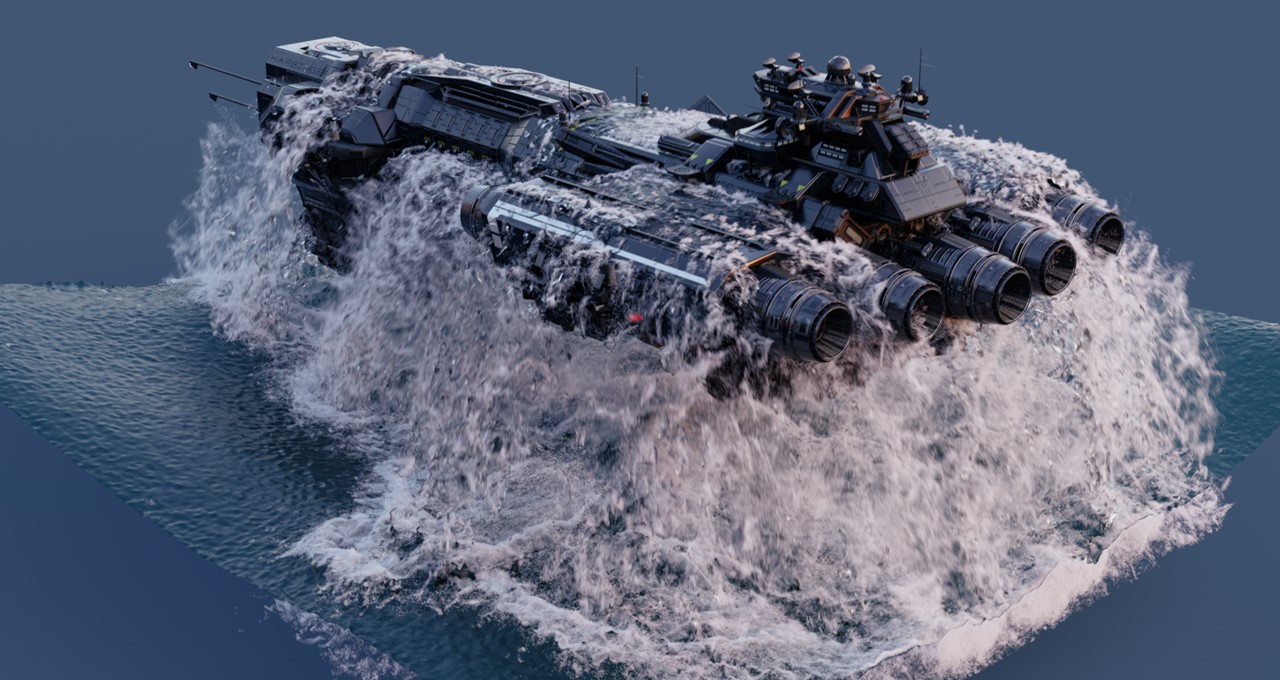NVIDIA today announced NeuralVDB, which brings the power of AI to OpenVDB, the industry-standard library for simulating and rendering sparse volumetric data, such as water, fire, smoke and clouds.
Building on the past decade’s development of OpenVDB, the introduction at SIGGRAPH of NeuralVDB is a game-changer for professionals working in areas like scientific computing and visualization, medical imaging, rocket science and visual effects. By reducing memory footprint by up to 100x, it allows creators, developers and researchers to interact with extremely large and complex datasets in real time.
Over the past decade, OpenVDB has earned Academy Awards as a core technology used throughout the visual-effects industry. It has since grown beyond entertainment to industrial and scientific use cases where sparse volumetric data is prevalent, such as industrial design and robotics.
Last year, NVIDIA introduced NanoVDB, which added GPU support to OpenVDB. This delivered an order-of-magnitude speedup, enabling faster performance and easier development — and opening the door to real-time simulation and rendering.
NeuralVDB builds on the GPU acceleration of NanoVDB by adding machine learning to introduce compact neural representations that dramatically reduce its memory footprint. This allows 3D data to be represented at even higher resolution and at a much larger scale than OpenVDB. The result is that users can easily handle massive volumetric datasets on devices like individual workstations and even laptops.
NeuralVDB offers a significant efficiency improvement over OpenVDB by compressing a volume’s memory footprint up to 100x compared to NanoVDB. This allows users to transmit and share large, complex volumetric datasets much more efficiently.
To accelerate training up to 2x, NeuralVDB allows the weights of a frame to be used for the subsequent one. NeuralVDB also enables users to achieve temporal coherency, or smooth encoding, by using the network results from the previous frame.
Hitting this trifecta of dramatically reducing memory requirements, accelerating training and enabling temporal coherency allows NeuralVDB to unlock new possibilities for scientific and industrial use cases, including massive, complex volume datasets for AI-enabled medical imaging, large-scale digital twin simulations and more.
Learn more about NeuralVDB.
Watch the NVIDIA special address at SIGGRAPH on demand, and join NVIDIA at the conference through Thursday, Aug. 11, to see more of the latest technology breakthroughs in graphics, AI and virtual worlds.
